After many years of deliberation, FASB has decided to implement the proposed new leasing standard, which will be effective for public companies for fiscal years and interim periods within those fiscal years beginning after December 15, 2018, with early adoption permitted. For private companies, the guidance will be effective for fiscal years beginning after December 15, 2019, and interim periods within fiscal years beginning after December 15, 2020. The final Accounting Standards Update should be published during the first quarter of 2016.
Main Provisions
Current practice allows leases that do not meet any of the following 4 criteria to be classified as an Operating Lease; (1) Ownership transfer at the end of lease, (2) Lease contains a bargain purchase option, (3) lease term is at least 75% of the property’s estimated economic life, and (4) the present value of the minimum lease payments is at least 90% of the property’s fair value. Operating Leases are recorded as expense as allowed usage occurs. As a result, Operating Lease commitments are not shown as a liability on the balance sheet, although such commitments could span a significant period of time. Only a disclosure is currently required. FASB was worried that such omission on the balance sheet may hinder an investor or readers of a company’s financials from appropriately assessing the true commitments and liabilities a company has. Thus, this new guidance eliminates the possibility for operating lease obligation commitments to remain off-balance sheet.
In the new guidance, all leases that have a term of more than 12 months will be required to be recognized as assets and liabilities on the balance sheet at inception. A lessee would recognize a lease liability to make lease payments owed to a lessor (liability) and a benefit for the right to use the leased asset (asset) for the lease term. The recognition, measurement, and presentation of expenses and cash flows arising from a lease by a lessee would depend on whether the lessee is expected to consume more than an insignificant portion of the economic benefits embedded in the underlying asset. Such differentiation will be classified into two types of leases; Type A and Type B leases.
Type A Lease
Type A leases are considered leases where a more than insignificant amount of the value of the leased asset is consumed during the lease period. The majority of assets other than real property are expected to fall into this category (i.e. equipment and vehicles). Type A lessees would recognize a right-of-use asset and lease liability, initially measured at the present value of the lease payments, and recognize the unwinding of the discount on the lease liability as interest separately from the amortization of the right-of-use asset using the interest method. Payments for Type A leases are included in the financing section of the cash flow statement. This treatment is similar to today’s capital lease treatment.
Type B Lease
Type B Leases are considered leases where an insignificant portion of the leased asset is consumed during the lease period. The majority of real estate leases would fall into this category. Similar to Type A leases, Type B lessees also would recognize a right-of-use asset and a lease liability, initially measured at the present value of the lease payment. However, Type B leases would recognize a single lease cost on a straight-line basis on the P&L, while combining the unwinding of the discount on the lease liability with the amortization of the right-of-use asset. Payments for Type B leases are included in the operating section of the cash flow statement. As this method is somewhat confusing, an illustration is presented for easier explanation.
Assuming an entity enters into a three-year lease of office space and concludes that the agreement is a Type B lease. Entity’s payments are as follows:
| Year 1 | 30,000 |
| Year 2 | 40,000 |
| Year 3 | 50,000 |
| Total | 120,000 |
Entity’s discounted cash flow for the beginning of various years is as follows based on the $120,000 payment schedule above, using a 4% discount rate will result in the following balances:
| Year 1 | 110,278 |
| Year 2 | 84,689 |
| Year 3 | 48,077 |
Please note that the 4% discount could be derived from the Company’s borrowing rate or a rate that is more applicable in representing the lease transaction.
As a result, the entries to record the first year of expense would be as follows:
Right-of-use 110,278
Lease Liability 110,278
To initially recognize the lease-related asset and liability.
The entry to be recorded during the close of year 1 would be as follows:
Lease expense 40,000
Right-of-Use 10,000
Cash 30,000
To record the lease expense based on the straight-line of total lease payments (120,000 total payment / 3 years term of lease). As prescribed by the new guidance, for leases do not consume a significant portion of the asset, the lease expense should be straight-lined with the difference in cash flow compared to expenses be recorded against right-of-use.
Lease liability 25,589
Right-of-Use 25,589
To record the difference between the discounted cash flow from inception to the discounted cash flow at the end of year 1. (i.e. Year 1 Beginning Balance 110,278 – Year 2 Beginning Balance 84,689)
An illustrated table of the lease contract’s accounting is shown below (assuming no reassessment of the discount rate is deemed necessary). Please note that the amounts in the activity columns are showing the debits and credits related to the accounting occurring during the life of the lease while the cumulative activity and balance columns are showing the net cumulative impact at each year-end.
| Initial Recognition | Year 1 Activity | Year 1 Cumulative
Activity and Balance by Year 1 |
Year 2 Activity | Year 1 Cumulative
Activity and Balance by Year 2 |
Year 3 Activity | Year 1 Cumulative
Activity and Balance by Year 3 |
|
| Balance Sheet | |||||||
| Cash | (30,000) | (30,000) | (40,000) | (70,000) | (50,000) | (120,000) | |
| Right-of-Use | 110,278 | (35,589) | 74,689 | (36,612) | 38,077 | (38,077) | (0) |
| Lease Liability | (110,278) | 25,589 | (84,689) | 36,612 | (48,077) | 48,077 | 0 |
| P&L | |||||||
| Lease Expense | 40,000 | 40,000 | 40,000 | 80,000 | 40,000 | 120,000 |
Impact and Transition
This new standard will greatly impact companies when it becomes effective. Type A leases will tend to cause greater expense to be recognized in the fore-front of a contract while Type B leases will spread expenses evenly across the term of the contract. Therefore, it is important for companies to begin looking at their contracts during the next few years to determine whether leases should be restructured to improve or minimize the adverse impact this may have on their financials or whether certain information exists to appropriately account for these leases (i.e. present value factors, clear terms of agreements, etc.).
If you are interested in finding out how this new standard may impact your organization specifically, please feel free to contact Andrew Wan at awan@larsco.com or by phone at 801-313-1900.


.png)




